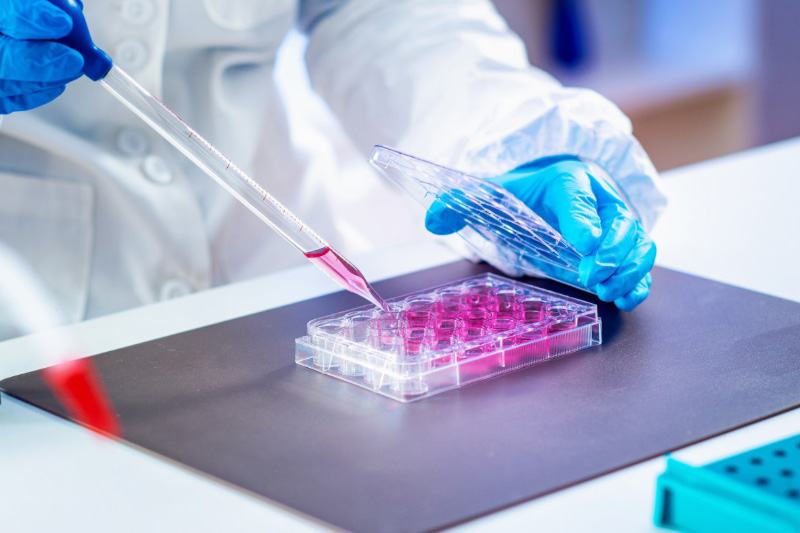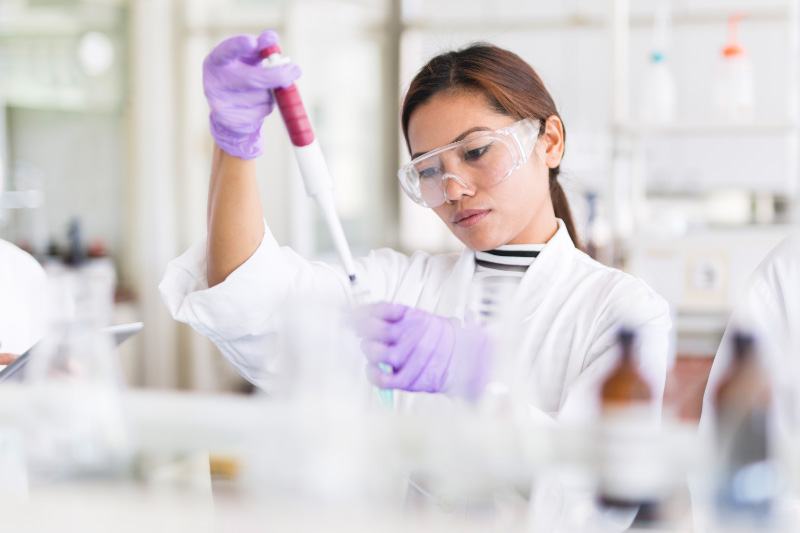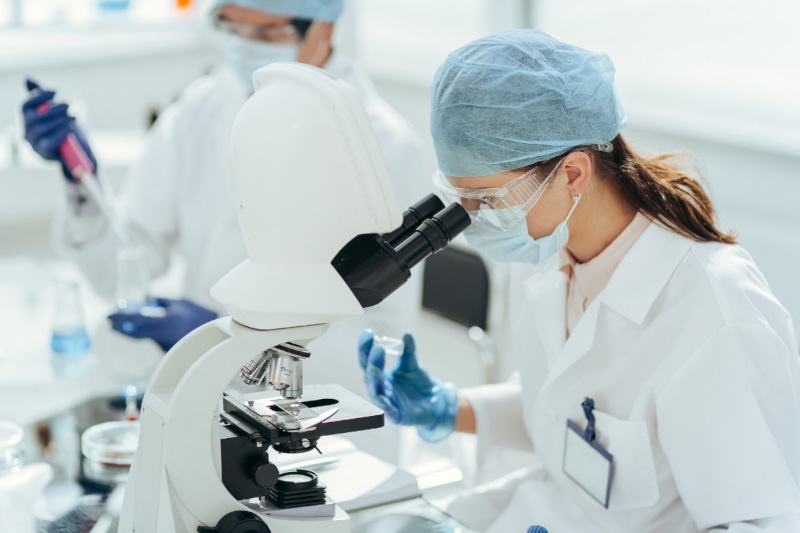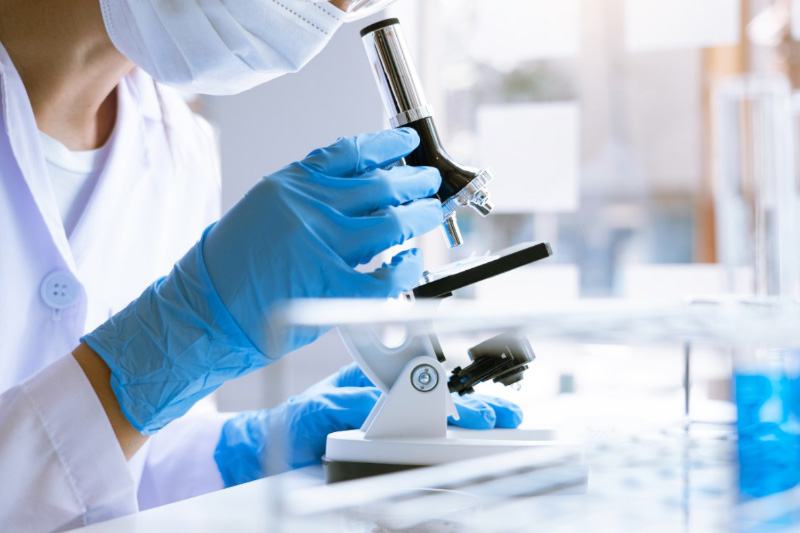Your cart is currently empty!
ISO 10993-3: Medical Device Genotoxicity Testing
Why Companies Choose NAMSA
Medical Device Tests Run Annually
DABT Toxicologists on Staff
When NAMSA Started Testing Medical Devices
Major Labs in the US and EU Performing Genotoxicity Tests
Genotoxicity: Crucial Biological Evaluation Endpoint
Genotoxicity is an endpoint that is assessed for most prolonged and long-term categories of medical devices per ISO 10993-1:2018. Based on guidance from that standard, FDA biocompatibility guidance, and other vertical standards, the evaluation of this endpoint is vital to protecting patient health.
NAMSA conducts thousands of genotoxicity tests each year to determine if chemicals released from a device might cause gene mutations, changes in chromosome structure, or other DNA or gene changes which may lead to a carcinogenic effect. The duration of patient exposure is an important factor to consider.
Once genotoxicity testing is performed, we assess it as part of the biocompatibility valuation report which evaluates the overall biocompatibility of the device. These data are then used in various types of regulatory submissions to countries/regions around the globe.

Quick Facts about Medical Device Genotoxity Tests:
- Genotoxicity testing determines if a device releases chemicals or agents that causes gene mutations or cause chromosomal damage.
- ISO 10993-3 is the primary standard used in the evaluation of genotoxicity.
- The Ames test (bacterial reverse mutation), mouse lymphoma assay, and chromosomal aberration assay are commonly performed geotoxicity tests.
How We Assess Genotoxicity for Medical Devices
For most medical devices, we start genotoxicity testing with an extraction process based on ISO 10993-12:2021. The selection of the extraction vehicles depends on the specific study performed, but range from cell culture media with/without serum, saline, polyethylene glycol, dimethyl sulfoxide, ethanol, and vegetable oil. As specified in ISO 10993-3, testing starts with in vitro studies and involves in vivo studies as needed. Since no singular genotoxicity test can identify all types of potential genotoxins and this is why two in vitro genotoxicity tests are typically performed.
Common in vitro combinations include:
- Ames test + mouse lymphoma assay, or…
- Ames test + chromosomal aberration assay
If needed the in vivo Mouse Micronucleus can also be performed.
Each genotoxicity study has its own evaluation criteria used to determine if a genotoxic effect has been detected. These evaluations are based on a comparison of the response in the test system from the test article as compared to a negative control which is typically a blank extraction vehicle.
Establishing Positive Controls
Along with the negative controls, concurrent positive controls are also run with each study. The positive controls are chemicals which have been established as causing a genotoxic effect. For medical devices, the positive controls are the same chemicals as indicated in OECD guidelines. These positive controls confirm that the laboratory conducting the test is capable of detecting known genotoxic substances.
- Sample preparation and extraction
- In vitro and in vivo assays
- Data analysis and interpretation
NAMSA has performed tens of thousands of medical device genotoxicity tests and can help determine the appropriate level of testing for your device based on our experience and regulatory requirements.
Common Questions About Medical Device Genotoxicity Testing
No. ISO 10993-1 Table A.1 can be used as a guide to determine which categories of devices should most often be evaluated for genotoxicity. Also, other approaches may be used to address this endpoint such as chemical characterization of device extractables.
The Ames test is an in vitro genotoxicity assay using bacteria as the test system. The study is capable of detecting mutations in the DNA of the bacteria used in the study. It is one of the in vitro tests commonly used to determine if a chemical released from a device may cause a genotoxic effect.
Simply put, no single genotoxicity test can detect all types of known types of genotoxins. To adequately screen for various types of chemicals that may cause a genotoxic effect, different studies that are capable of detecting different types of genotoxins are used.
Meet Biological Safety Experts
Meet the scientists, toxicologists, and other professionals ready to put their expertise to work for you.
Other Services That May Interest You

Biological Safety Consulting

Biocompatibility Testing




